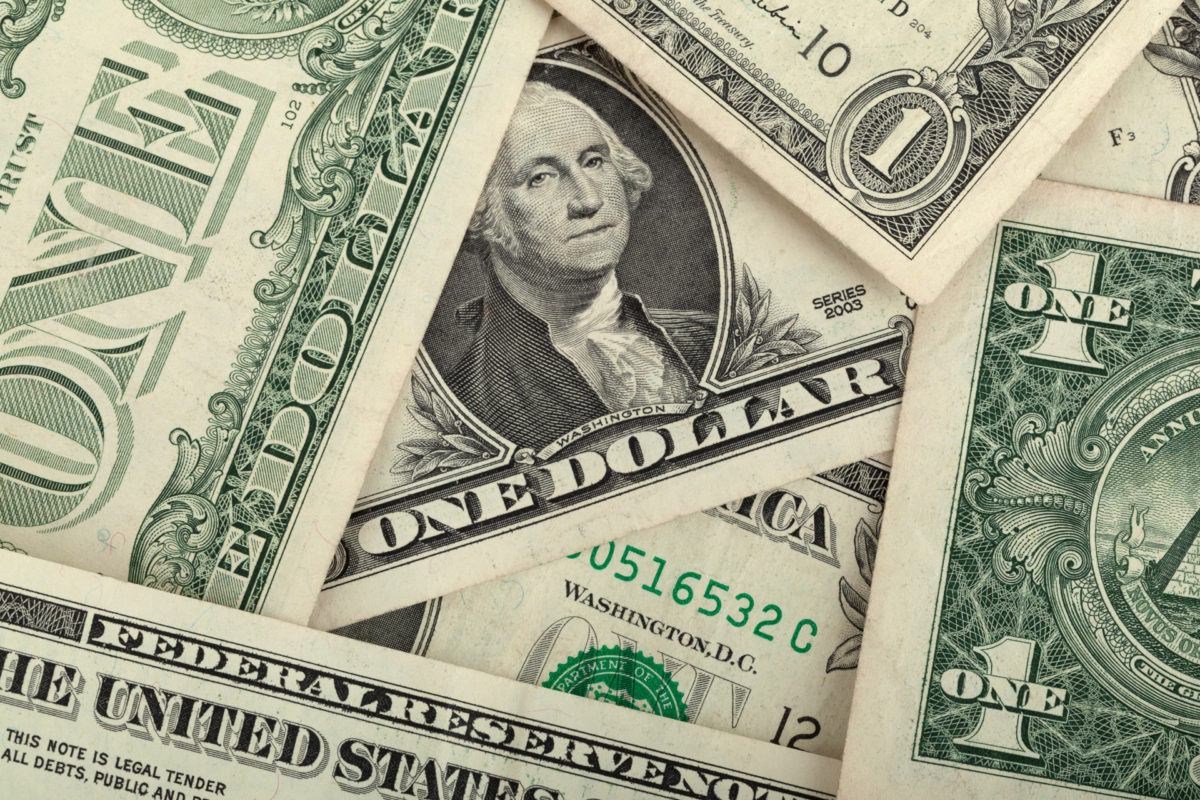Most of us had probably bought a plane ticket and wondered where the price came from. For many it might see like airlines set their price at random, as for each flight prices change from day to day. Despite how it looks from the outside, various revenue management systems and pricing strategies make sure that each customer pays the most optimised price. The goal of these is to make sure that revenue is maximised with a limited seat capacity. The question is, can we say that airlines are getting close to a perfect price discrimination? In the long term, fuel prices are the single most significant factor influencing ticket prices. In the short term, which is usually more relatable for customers, there are numerous other factors, a few of which I would like to name below.
For easier customer segmentation airlines use versioning and allow two primary choices. Firstly, airlines offer different price points for classes (first, business, premium and economy). Secondly, fare bundles are offered to further optimise pricing. Consumers, depending on their needs and willingness to pay, choose baggage options, fast track access, seat selection, refundability and many more. For airlines these are called ancillary products, which are usually sold in bundles with the primary product, an airline ticket (Boin et al., 2017).
One of the basic ways that airlines segment their customer base is leisure and business travel. This division is not connected with classes as both groups fly in all classes. Airlines use a number of criteria to assign consumers to the correct group. Firstly, how many days before departure was the ticket bought. Corporate travel often has a shorter booking window (buying tickets closer to departure), as plans often change when many stakeholders are included. Other criterias are whether flights are on business days or weekends, how long the stay at the destination is and how big the group is.
Time is another aspect you need to think about when looking for the cheapest ticket. It is not only about when you buy the ticket, but also when you fly. The most visible difference is between off-peak and peak seasons, including Christmas, New Years. Some peaks are local, most commonly for events or local holidays. Depending on your destination prices can vary significantly among months. On some connections, for example to major academic centres, the beginning and end of the academic year is reflected in prices. Travel to leisure destinations will be more expensive between June and September, but during the same time business destinations are usually cheaper. Even during the same day prices may differ between the same route at different hours. As some flights are used more for point to point travel and some are feeder flights for other routes (Abdelhady & Abou-Hamad, 2020). There are many other factors on which a ticket price depends. Such as group discounts, student programs, frequent flyer programs, geographical price differences and many more, but I will not elaborate on these here.
Nowadays, most traditional airlines use systems based on Reservation Booking Designators (RBDs) to assign prices to each customer. This results in limitations, as the number of RBDs is limited (standard number of RBDs is 26)(Fiig et al., 2018). Continuous pricing is expected to transform that situation and offer airlines unlimited opportunities to personalise prices to the willingness to pay of each customer. Despite having a lot of personalisation possibilities, airline pricing is not a perfect price discrimination example. It is still far from name-your-own-price models, but looking at improving usage of algorithms and possibly AI it is getting close.
Sources
Abdelhady, M. R. R., & Abou-Hamad, M. M. H. (2020). Airlines’ Pricing Strategies and O-D Markets: Theoretical and Practical Pricing Strategies. Journal of Travel, Tourism and Recreation, 2(3), 19–36. https://doi.org/10.22259/2642-908x.0203004
Boin, R., Coleman, W., Delfassy, D., & Palombo, G. (2017). How airlines can gain a competitive edge through pricing. McKinsey. https://www.mckinsey.com/industries/travel-logistics-and-infrastructure/our-insights/how-airlines-can-gain-a-competitive-edge-through-pricing
Fiig, T., Le Guen, R., & Gauchet, M. (2018). Dynamic pricing of airline offers. Journal of Revenue and Pricing Management, 17(6), 381–393. https://doi.org/10.1057/s41272-018-0147-z



